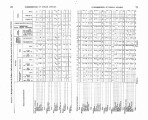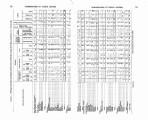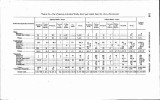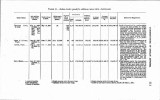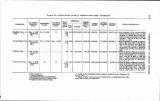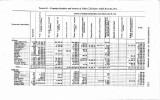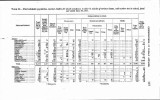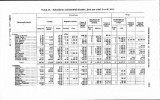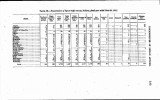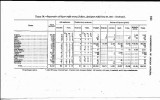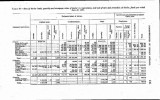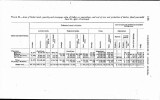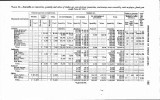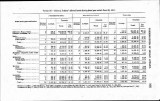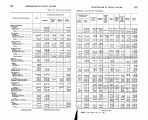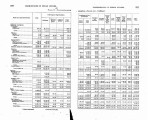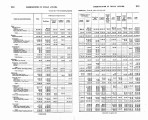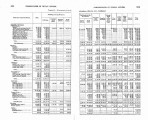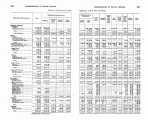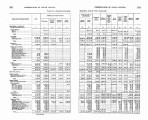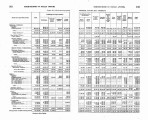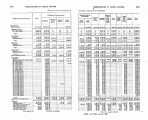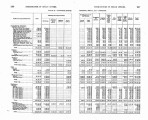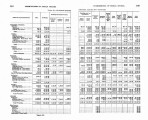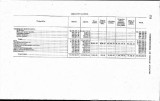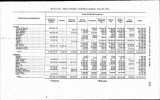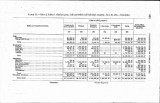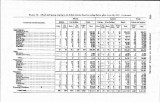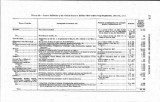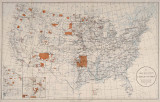| OCR Text |
Show I OOMMsGIOhTEIL OF INDIAN AFFAlRB. 21 I liberal policy of giving patents in fee would be utterly at Gross-purposes with the other efforts of the Government to encourage indus-try, thrift, and independence. As an incident a patentee in fee becomes a citizen. By operation of the Dawes Act of February 8,1887 (24 Stat. L., 388), Indians who received trust patents became citizens; in this way 65,000 Indiana attained citizenship before the a d was amended by the act of May 8, 1906. Under the ad of 1906, by which citizenship accompanies only a patent in fee, at least 400 Indians have become citizens. As all members of the Five Civilized Tribes were made citizens by the Con-gress, the whole number of citizen Indians is now over 166,000. As yet the possession of citizenship is a potential asset only to most of .these Indians; few of them vote or take other part in the affairs of their communities. Nevertheless, their citizenship and taxation, so far as they have taxable property, have enabled the office to take a stand for the admission of their children into public schools, and ulti-mately will undoubtedly bring nearer the time when the Indians may be'come in fact citizens of the various States. As a very necessaq part of the policy of getting each Indian family upon land of its own, and into the process of making a civi-lized home for itself, the work of allotment has been vigorously pushed in parts of the Indian country where Indians remain without individual land holdings. The year's work has resulted in auotting approximately 2,000,000 acres of land to over 13,000 Indians. With varying climatic and soil conditions, the allotments have varied from 320 acres of grazing with 40 acres of irrigable land and several acres of timber, at Fort Peck, Mont., to the very small tracts s t Pals, Cal., where it was possible to give each Indian but 1.80 acres of irri-gable land and 6 acres of dry grain land. In spite of the small ares of the tracts at Pala, the climate is so favorable and the soil is so pro-ductive, that the Indians will find their little farms su5cient to meet their needs. At Quinaielt, Wash., conditions make it questionable if the Indians will ever become successful farmers. For many generations they have been expert bhermen, and still earn $20,000 to $30,000 annually from their catch of salmon. Nevertheless, in view of the probable decline in the fisheries, it is wise to do what is possible in turning these Indians toward agriculture. To date, 690 Indians have been allotted almost 65,000 acres. As another resource the reservation has very valuable timber which will be administered for the benefit of the tribe. I wish to call attention to the success a special agent has had in making allotments to Papagoes on the public domain in P i a aad Final Counties, Ark. He has filed applications in the local k d ofices on behalf of 885 Indians for a total of 141,000 aam, andl will 11356°-~a~ 1911-VOL W |













































































